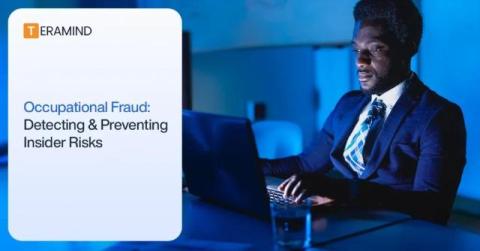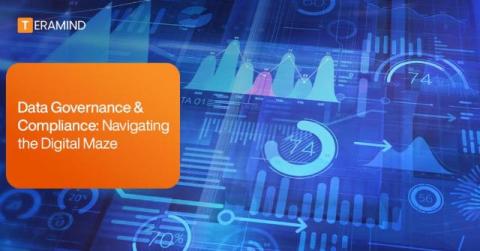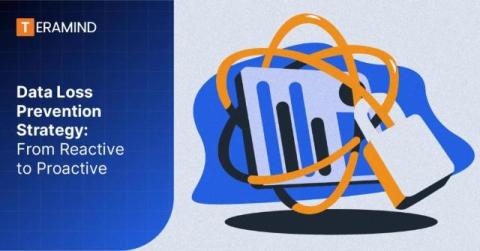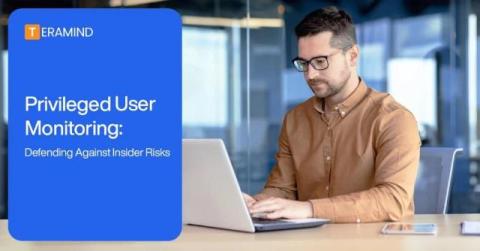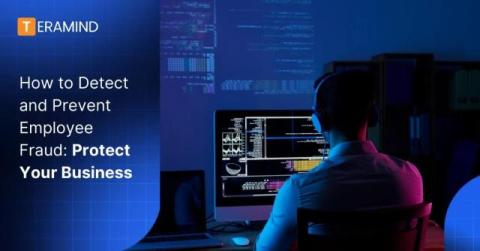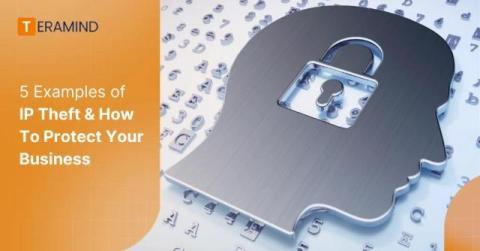How To Protect Data in Motion with DLP Software
As companies handle increasingly sensitive information, securing data in motion—the data actively transferred across networks or between devices—has become an important priority. Whether moving through corporate networks, across mobile devices, or stored in the cloud, this data is particularly vulnerable to threats from malicious actors, insider threats, and unauthorized users.



